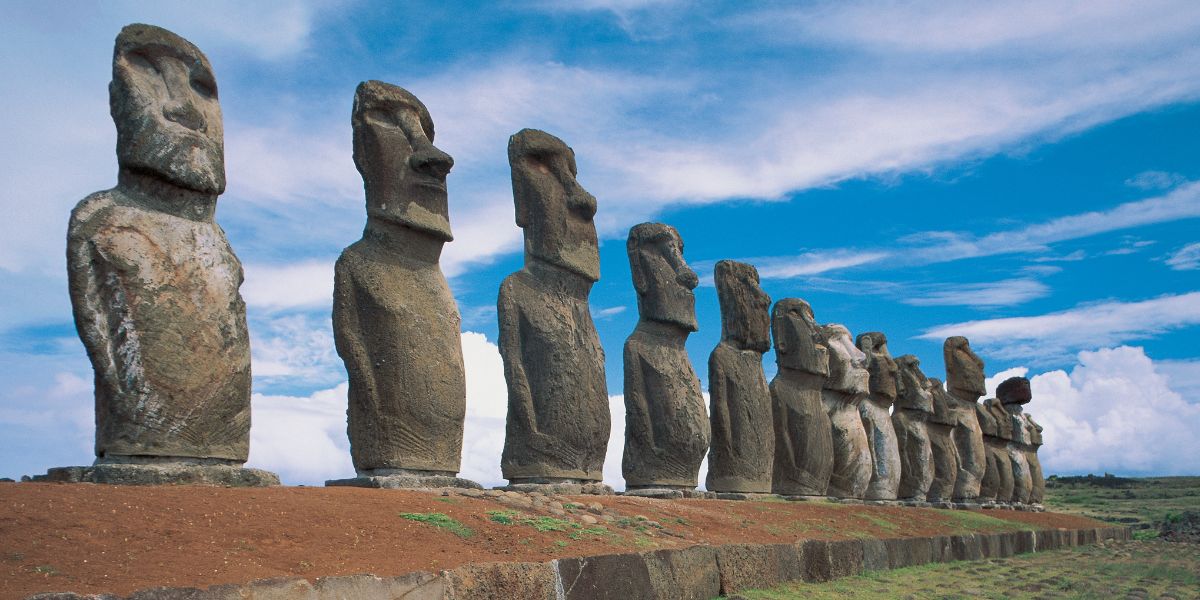Archaeologists have long wrestled with the question: how did the Rapa Nui people move the massive Moai statues, some weighing up to 80+ tons, across uneven terrain without modern machinery? Recent research led by Carl Lipo (Binghamton University) and Terry Hunt (University of Arizona) offers a compelling explanation: the statues were made to “walk.”
By combining 3D modelling, physics-based simulations, and on-the-ground experiments, the team found that the Moai’s design, especially their slightly forward lean and wide bases, would allow them to wobble side to side when pulled with ropes. Over specially constructed, slightly concave “roads,” the statues could be rocked forward in a zig-zag motion.
In one field test, they built a 4.35-ton replica and used 18 people with ropes to “walk” it 100 metres in 40 minutes, giving credence to the method’s feasibility even for larger statues.
Why the “Walking” Model Fits
The walking hypothesis resolves several long-standing puzzles:
- Previous dragging or rolling theories struggled to explain how huge statues were moved over rough, sloping terrain.
- The slight lean and broad bases of many Moai seem adapted to permit controlled tipping motions.
- The roads (ahu paths) found across Rapa Nui are not just ceremonial but appear consistent with routes that would stabilise and guide the rocking motion.
The team argues that as statues get bigger, the walking method becomes even more efficient, less work wasted and more control.
Beyond Movement: Cultural and Archaeological Implications
This finding not only demystifies how the Moai travelled, but also deepens respect for the Rapa Nui’s ingenuity. They solved a significant engineering challenge with limited resources.









